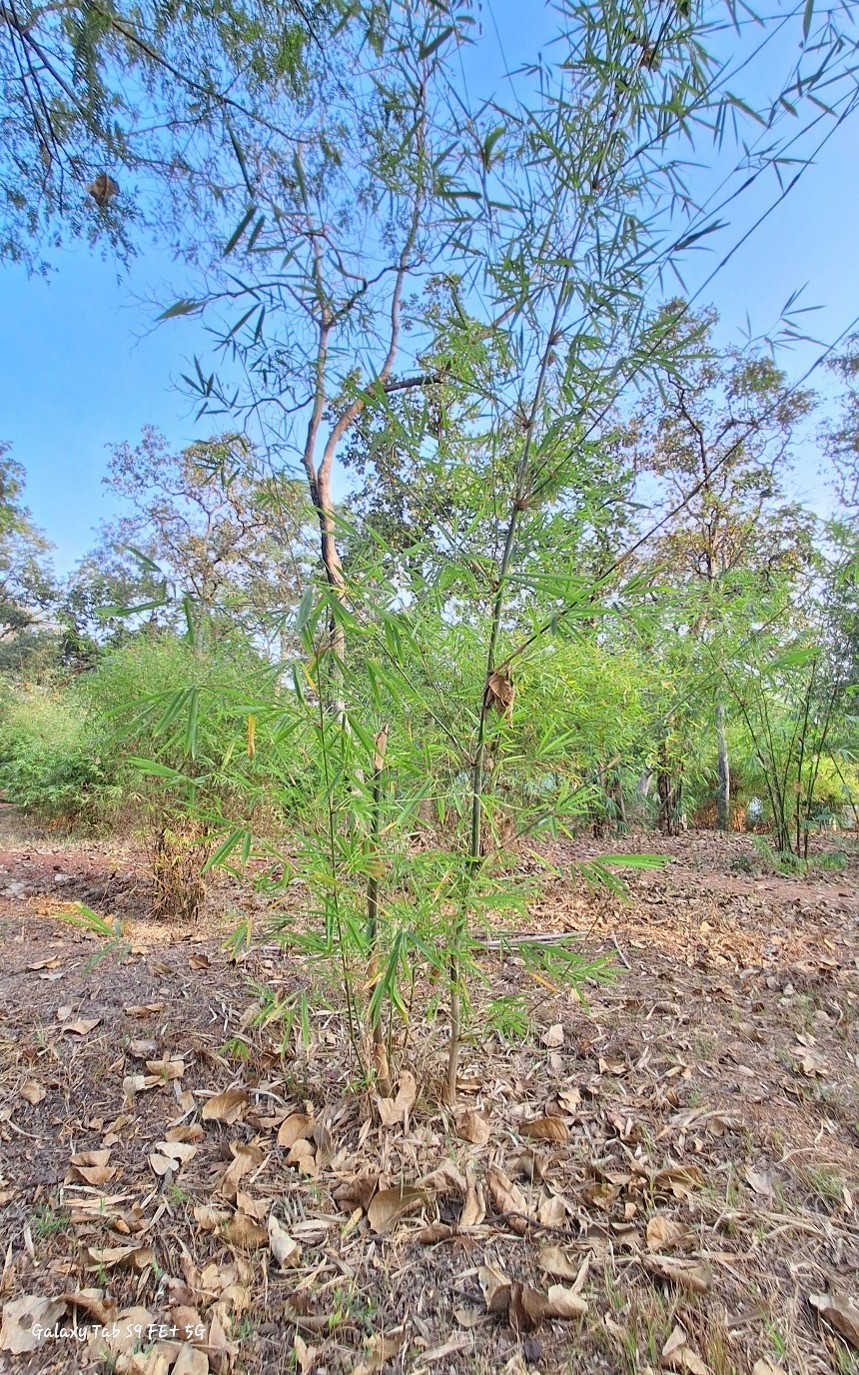Bambusa cacharensis

Bambusa cacharensis
commonly known as Cachar Bamboo, is a species native to the Cachar district of Assam and the surrounding regions of Northeast India. It is also known locally as Jati Bans in Assamese. It is distributed in the states Assam, Manipur, Meghalaya, Tripura, & W. Bengal. The culms of this bamboo are caespitose, clumping, and non-thorny, with a height ranging from 10 to 15 meters and a diameter of 6 to 10 cm. The culms are dark green with a slightly glossy appearance, and the internodes are 20-40 cm in length. The culm sheath is light green when young and turns straw-colored and deciduous as it matures. The adaxial surface of the sheath is smooth, while the abaxial surface is covered with soft brown hairs. The sheath margins are ciliate with finely serrated edges. The leaves are narrow lanceolate in shape, 10-20 cm long and 2-5 cm wide, with pointed tips.
Bambusa cacharensis thrives at altitudes up to 800 meters and prefers alluvial soils with good drainage. It is typically found in moist deciduous forests, riverbanks, and lowland plains. The species is predominantly found in Assam, India, and has been introduced to Bangladesh and parts of Myanmar. This bamboo species requires annual rainfall between 1500-3000 mm for optimal growth.
The inflorescence of Bambusa cacharensis consists of compact panicles with small spikelets measuring 1-2 cm in length. The empty glumes are ovate, acute, and multi-nerved, while the flowering glumes are narrow with fringed margins. The stamens are exserted, with glabrous anthers and a hairy style. The flowering cycle occurs every 30-50 years, with the last flowering reported between 1990 and 1995 in Assam and the Cachar regions. Seed production is limited, with few seeds that have moderate viability.
Propagation of Bambusa cacharensis is accomplished through rhizome offsets, culm cuttings, and tissue culture techniques.
This bamboo species has various uses, including the production of furniture and decorative items, baskets and mats, agricultural implements, small-scale construction, edible bamboo shoots, and fencing and boundary markers.
Listen Audio:
Need assistance? BRTC Faculty